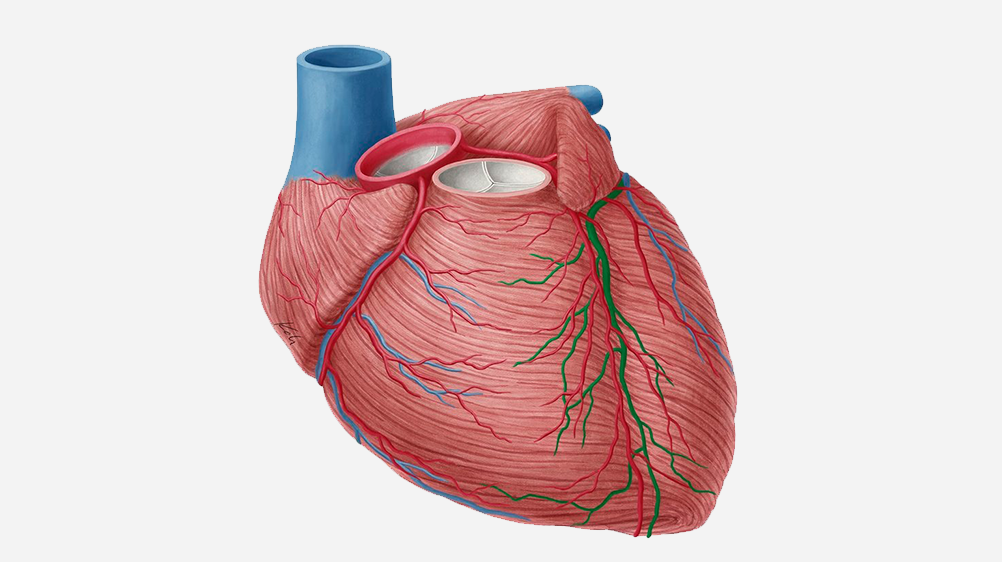
Echo Bubble Study
Indication for an Echo Bubble study:
1- Detection of shunts (PFO, ASD, pulmonary)
2- Detection of persistent left superior vena cava.
3- Intensifying TR signal when you have difficult estimating RV systolic pressure
4- Delineating right heart borders and masses (including RV wall thickness).
5- Stroke work up in young patients
What is a bubble contrast echocardiogram?
An echocardiogram (or ‘echo’) is a scan that uses ultrasound (sound waves) to produce pictures of the heart without the use of radiation. A hole in the heart doesn’t show up on a standard echocardiogram, so cardiologists use a bubble contrast echocardiogram instead. This method uses imaging ultrasound and an injection of water with tiny, microscopic bubbles (microbubble contrast).
What does the procedure involve?
The procedure is very straightforward and can be broken down into some simple steps.
1- A normal transthoracic Echocardiogram is performed.
2- A small needle will be placed into the vein on the back of your hand.
3- Some sterile saline will be drawn up into a syringe, mix it with your own blood and agitated so microscopic bubbles form.
4- These are then injected into the vein whilst the imaging takes place.
5- The right side of your heart (connected to the venous system) is now easy to see, with the bubbles bright and visible. You may be asked to strain to encourage bubbles to go across.
Make a Booking Today.
Do not hesitate. Just talk to our freindly team.